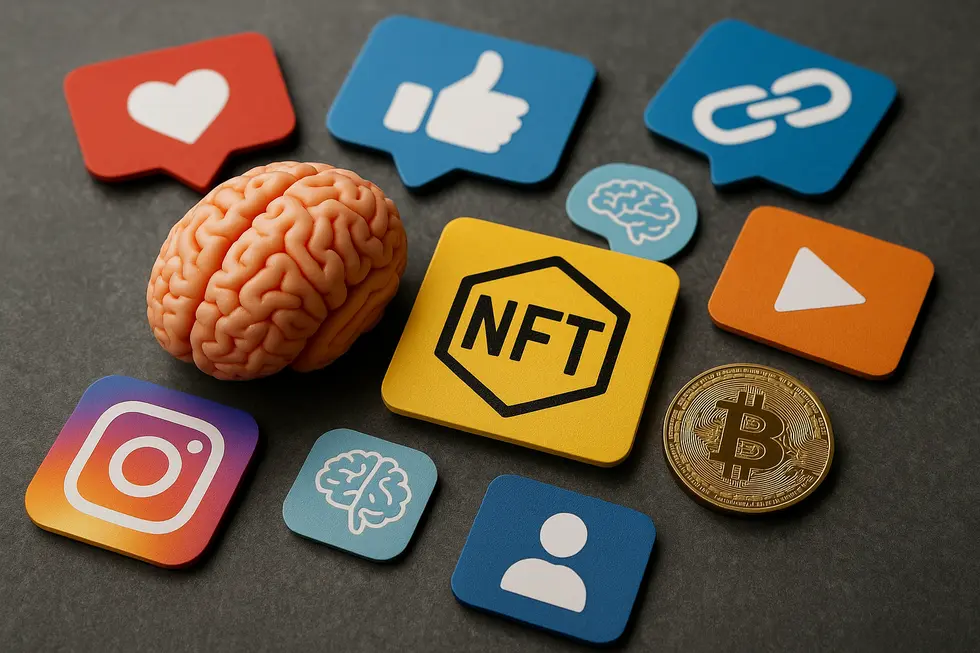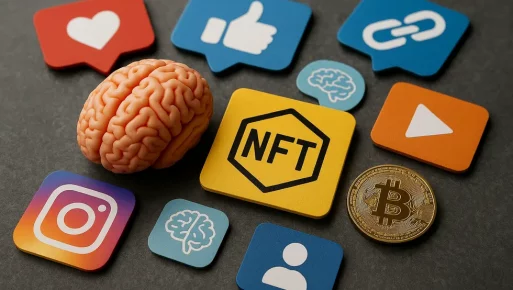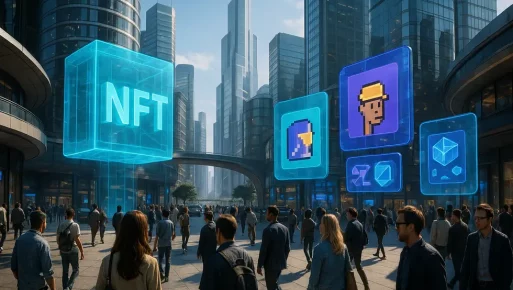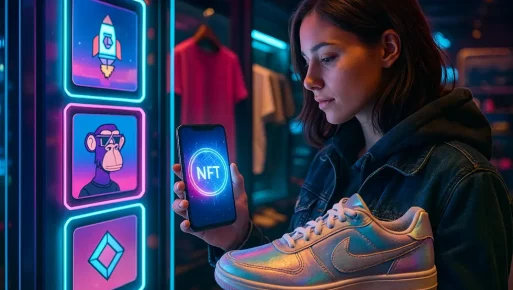Have you ever wondered why owning digital assets like NFTs can feel so incredibly fulfilling yet habit-forming? There’s a powerful blend of psychological forces at play—ranging from social recognition to dopamine-driven rewards. This article delves into the psychological mechanisms fueling the appeal of NFT marketplaces and the intense sense of digital ownership. Each chapter will unravel different aspects, from social dynamics to market-driven urgency, helping us understand why these digital collectibles captivate our attention.
The Magnetic Allure of NFTs: Psychology Behind Digital Ownership
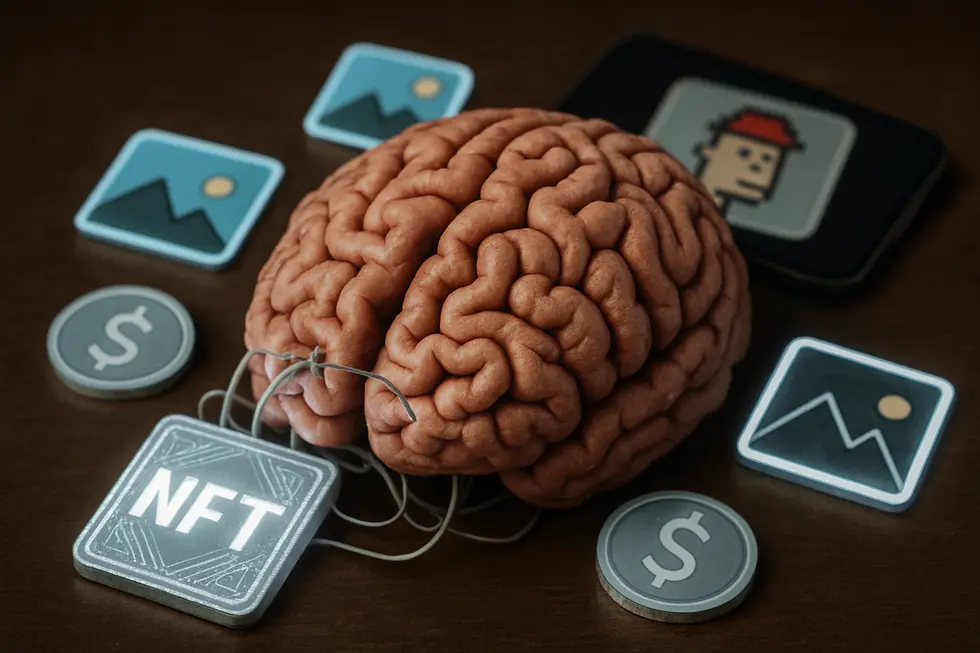
The pull of NFT marketplaces transcends the mere transactional value of digital assets. NFTs exemplify a kind of “alchemy,” turning digital code into prize possessions through psychological leverage rather than tangible utility. At the core, digital items grant an illusion of scarcity and uniqueness, with blockchain technology acting like an “alchemical seal”. This taps into human desires for exclusivity, making an NFT’s digital certificate more desirable than the asset itself. This process mirrors gambling, as buyers rave in dopamine highs over uncertain market outcomes, much like spinning the wheels in a slot machine.
The social community surrounding NFTs amplifies this addiction. Sharing and trading NFTs provide a social validation similar to prestigious collectibles. It becomes a community ritual, transforming the solitary act of buying into a shared identity experience, reinforcing compulsiveness. For further insights, visit Why Are Adults Addicted to Blind Box Figures?.
Crafting Identity and Status: The Allure of Digital Assets
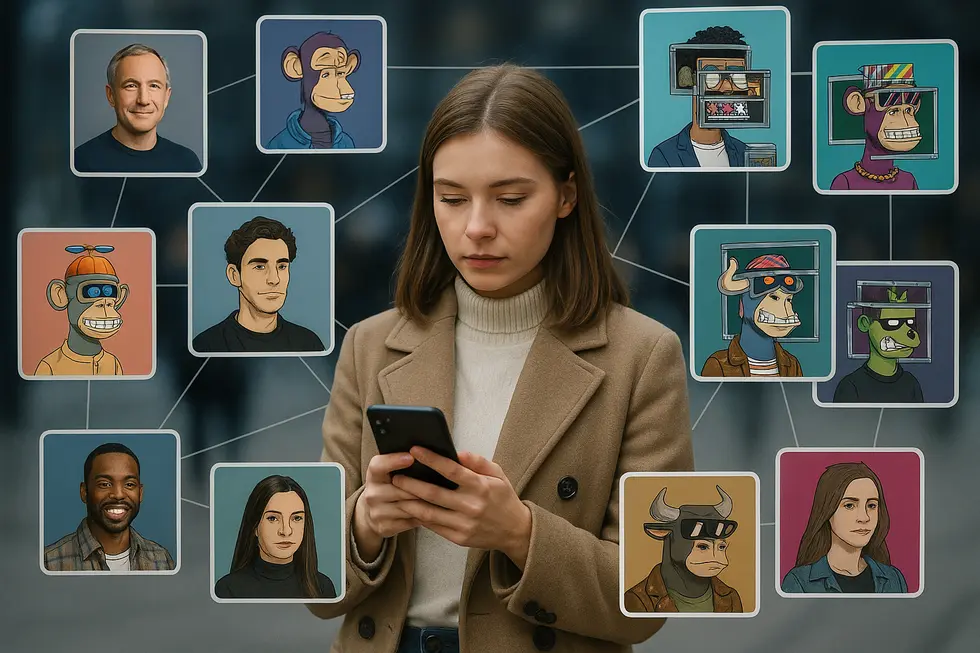
Digital assets, like NFTs and cryptocurrencies, don’t just hold financial value; they are powerful symbols of social status and personal identity. The ownership of high-value digital assets can be displayed prominently on social media, much like luxury goods, amplifying one’s status and technological savvy. This parallels traditional forms of conspicuous consumption, where possessions signal social hierarchy and influence in digital communities.
Moreover, digital assets shape identity in profound ways. Tokens and NFTs act as badges of digital expression, allowing individuals to construct and perform identities distinct from their offline counterparts. This shift empowers a new form of self-expression and identity curation, offering personal ownership avenues unimaginable in the past.
Yet, this digital landscape is not immune to social and economic inequalities. Access to digital assets is often dictated by income and education, exacerbating the digital divide. Thus, while digital assets can empower personal identity and status, they also reflect broader societal disparities Source.
Dopamine Dynamics: The Neurological Addiction to NFTs

The allure of NFTs is deeply rooted in our brain’s dopamine-driven reward system, which is similar to engagement on social media platforms. When users participate in buying, selling, or showcasing NFTs, they trigger dopamine release, driving pleasure and motivation. This process mirrors substance addiction patterns, creating a powerful feedback loop that compels continued interaction.
The marketplace design capitalizes on unpredictable rewards through variable outcomes in NFT bidding and pricing, akin to gambling, heightening user engagement. Over time, this persistent dopamine stimulation can rewire users’ neurochemical systems, leading to behavioral addiction symptoms such as cravings and withdrawal-like feelings.
This relentless pursuit of digital collectibles can have mental health repercussions. Excessive engagement leads to issues such as anxiety and sleep disturbances. Recognizing these patterns offers a path to strategies like mindful engagement, which can help manage these addictive tendencies effectively. Further insights are available in how brands enter the NFT game.
Caught in the Hype: How FOMO Fuels NFT Addiction
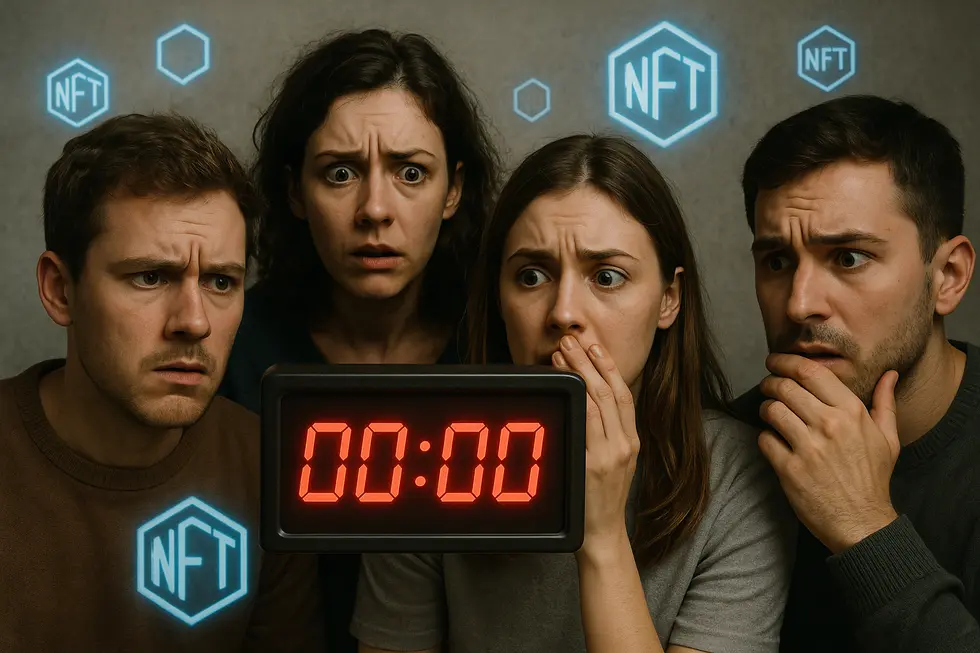
Fear of Missing Out (FOMO) is a compelling motivator behind the addictive lure of NFTs. In marketplaces swarming with potential gains, the emotional tug to seize fleeting opportunities can often outstrip rational judgment. Social media intensifies this feeling, acting as both catalyst and amplifier, igniting waves of speculative fervor as traders chase headlines of unprecedented sales and celebrity endorsements.
Fueled by FOMO, individuals plunge into buying frenzies, unwittingly inflating asset prices beyond their intrinsic value—an unsustainable scenario that inevitably leads to market corrections. For instance, post-2021, the disillusionment of many burned investors was stark, as trading volumes plummeted dramatically and the speculative bubble burst Source.
Navigating this landscape requires discipline, as refraining from impulsive buying can protect against the volatility that FOMO often ignites, safeguarding both investment portfolios and mental well-being.
The Intriguing Pull of Scarcity in NFT Markets
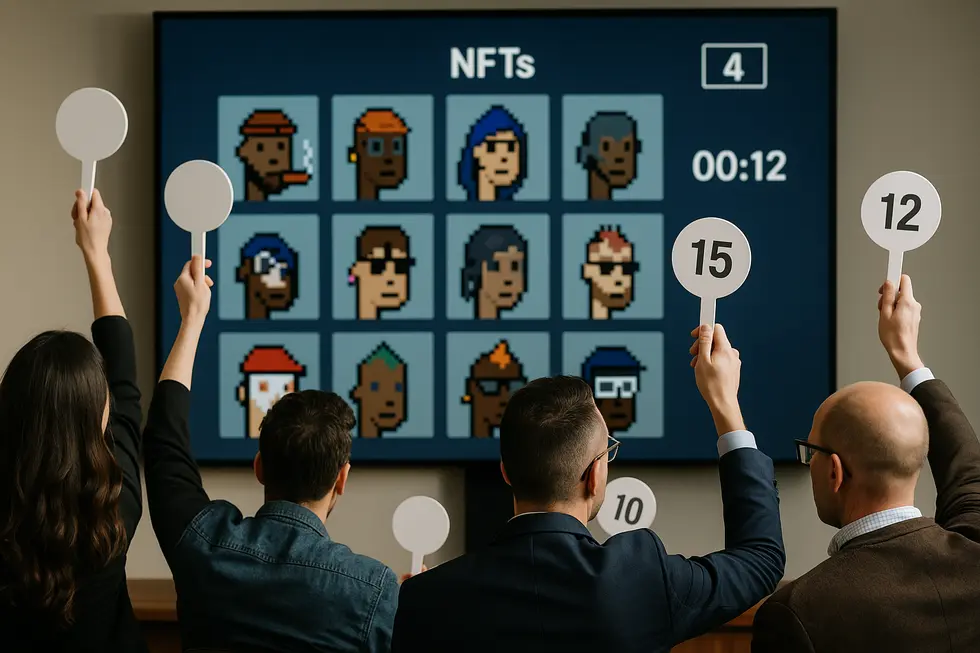
In the realm of digital assets, scarcity and urgency serve as powerful psychological drivers, amplifying the addictive nature of owning NFTs. This sensation is rooted in our innate survival instincts and the Fear Of Missing Out (FOMO), mechanisms heavily exploited by NFT markets to entice users. These platforms often feature limited-time offers and countdown timers designed to generate a sense of urgency, leading to impulsive purchases. Furthermore, rapid information dissemination over digital networks magnifies scarcity effects, turning rare asset acquisition into a primary motivator. Algorithmic designs fine-tune these cycles, keeping users constantly engaged, much like gig workers check for task updates. Such dynamics mirror economic bubbles, where irrational behaviors and market crashes result from manipulated perceptions of scarcity and urgency. Recognizing these tactics is key to mitigating digital asset addiction, promoting more balanced market participation. Learn More About NFT Marketplaces
Final thoughts
Understanding why digital assets captivate us so intensely offers insights into the blend of psychology and technology. As NFT marketplaces grow, so does their impact on our digital behaviors. Recognizing these elements helps us navigate this space more mindfully, appreciating the blend of thrill and caution in digital ownership.
About us
Monbase Global is a strategic partner of OpenLive Group, focused on expanding the reach and utility of blockchain and digital asset applications across international markets. As a core collaborator in the Monbase NFT ecosystem, Monbase Global plays a vital role in driving cross-border partnerships, investment strategies, and user adoption beyond Vietnam. With a vision to build a decentralized digital economy rooted in trust and innovation, Monbase Global supports the international growth of NFTs, digital collectibles, and the use of the MBC token across various platforms. The partnership between Monbase Global and OpenLive Group brings together local insight and global ambition—creating real-world value for creators, collectors, and businesses alike.


